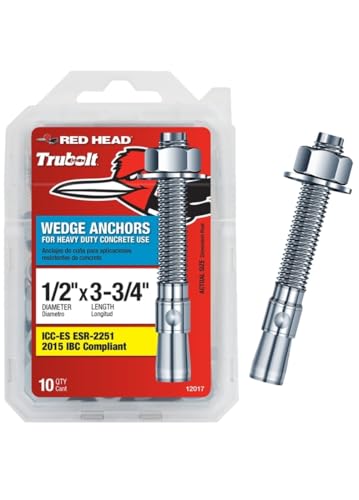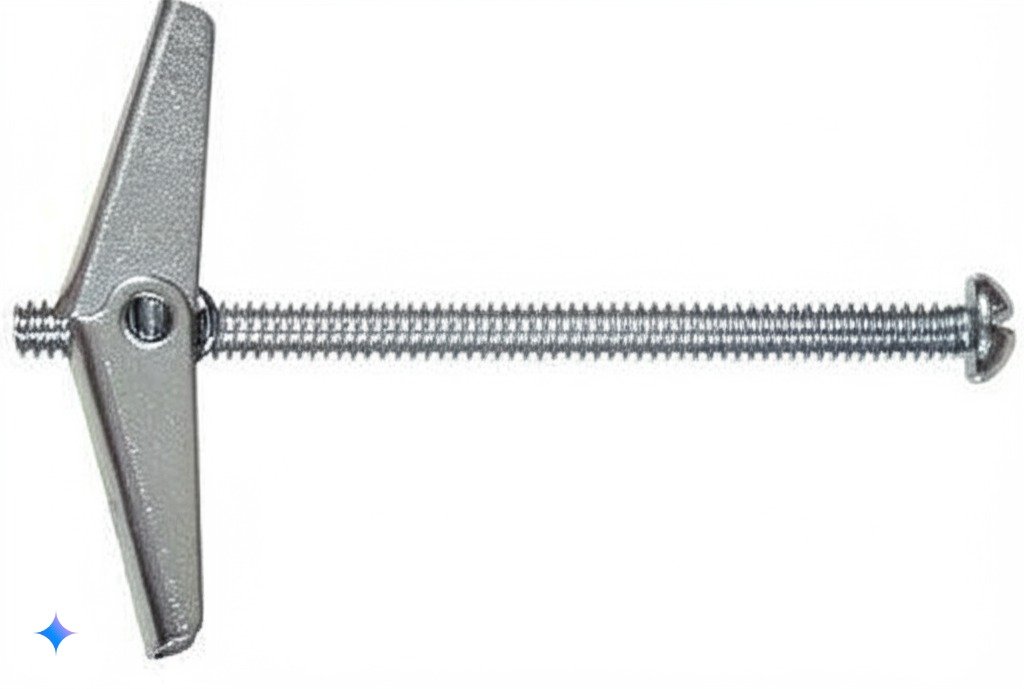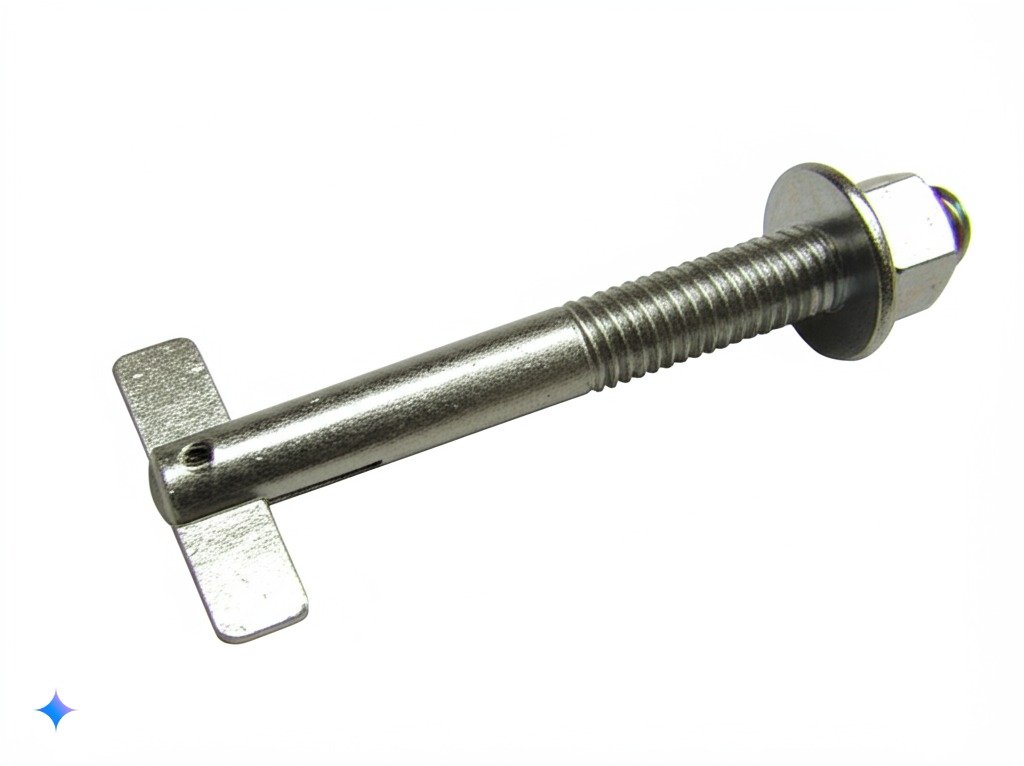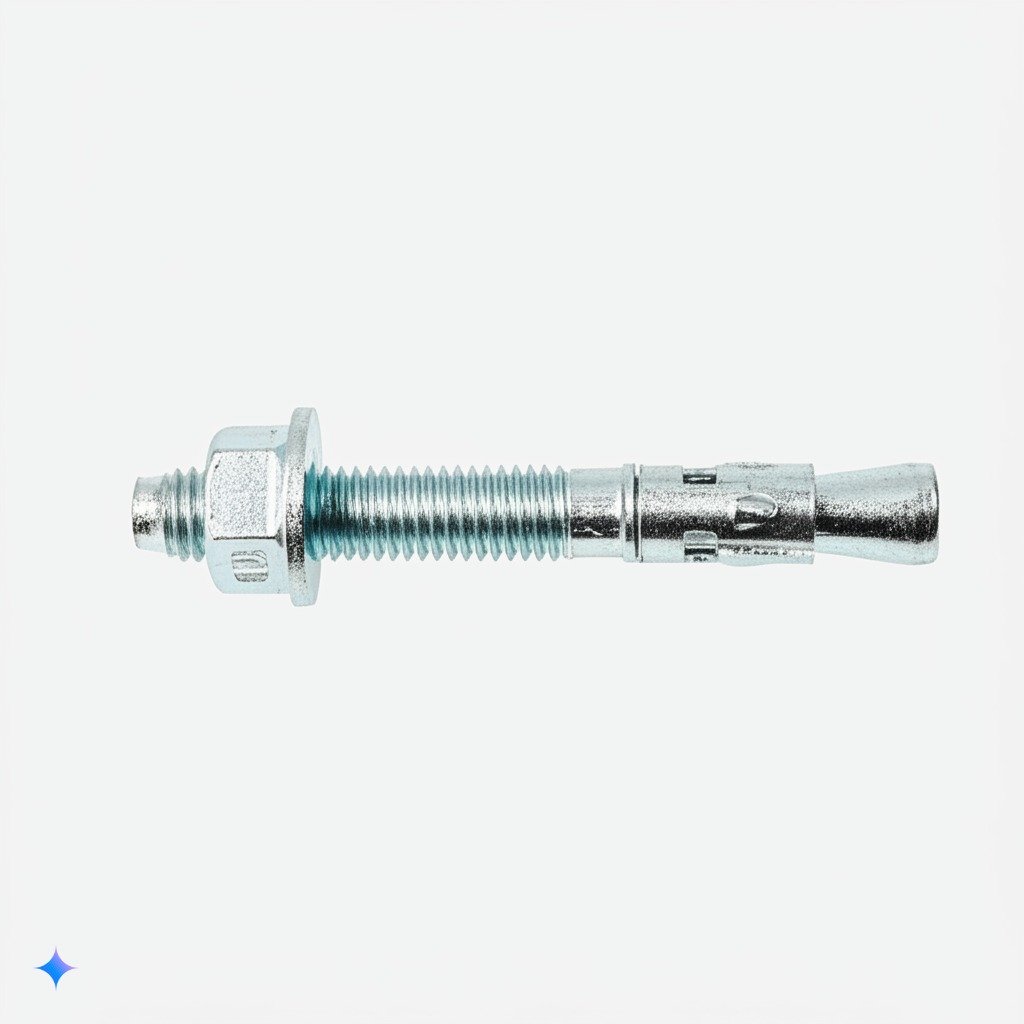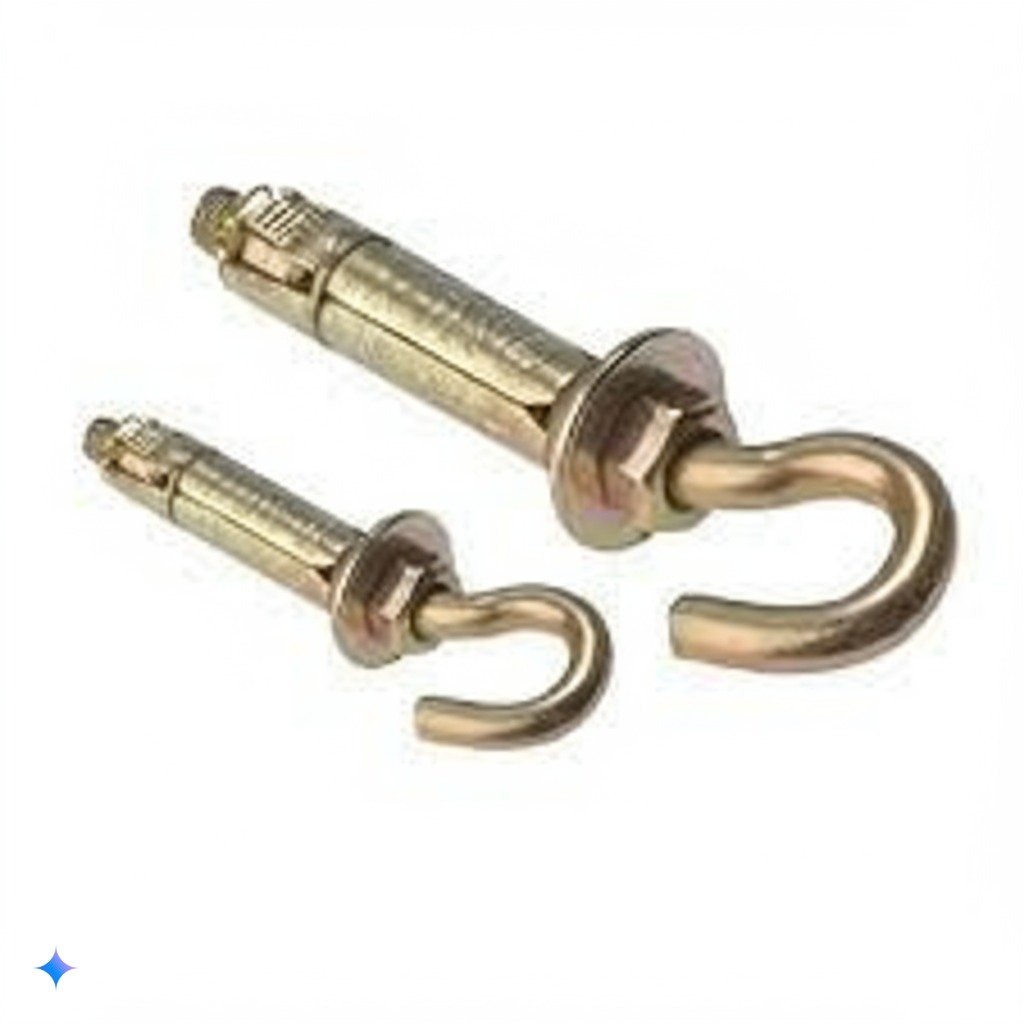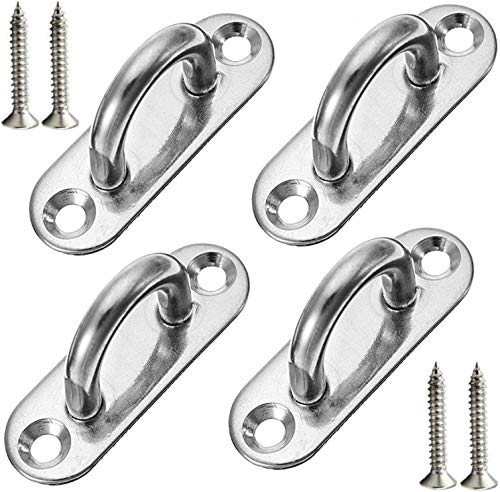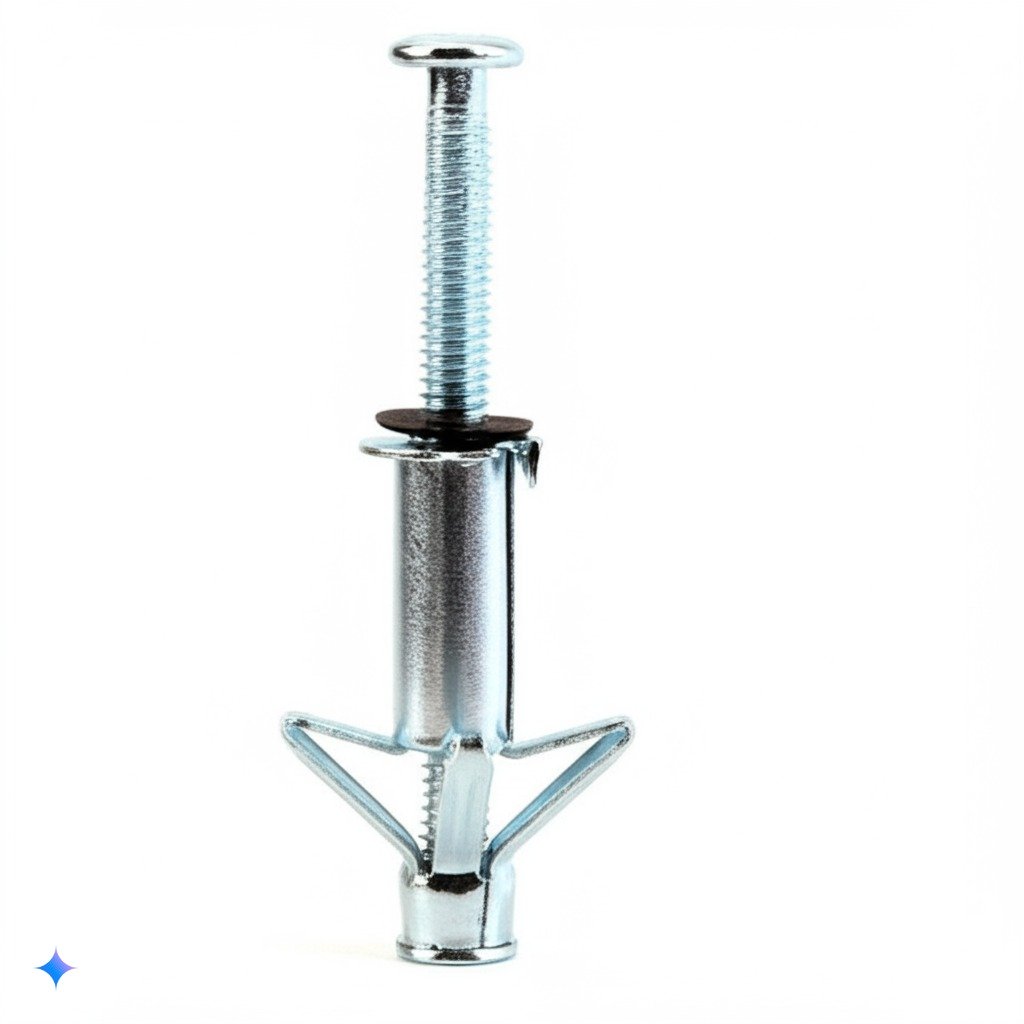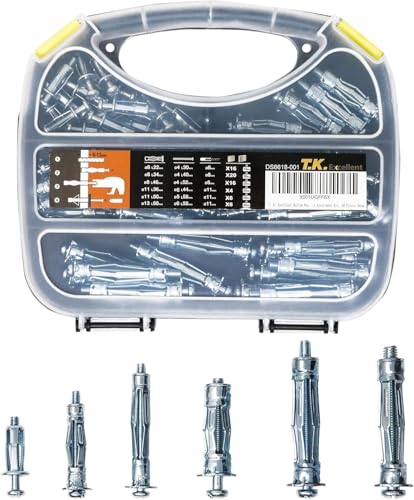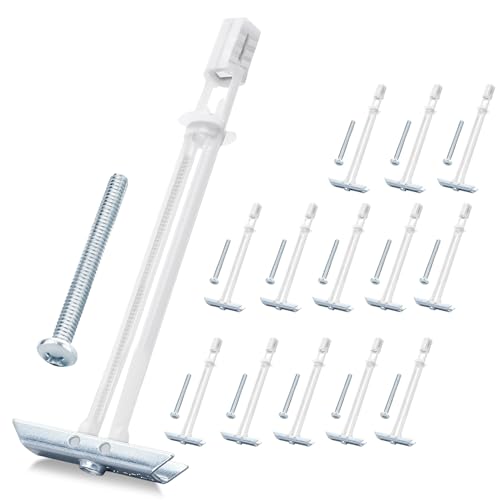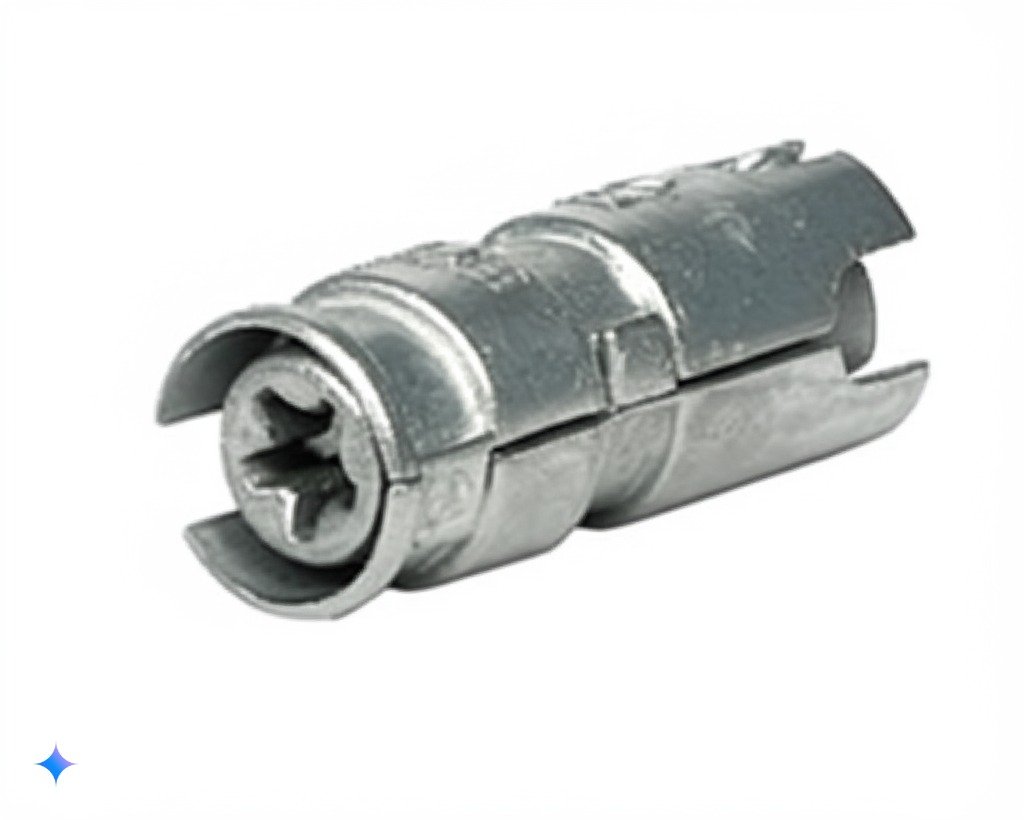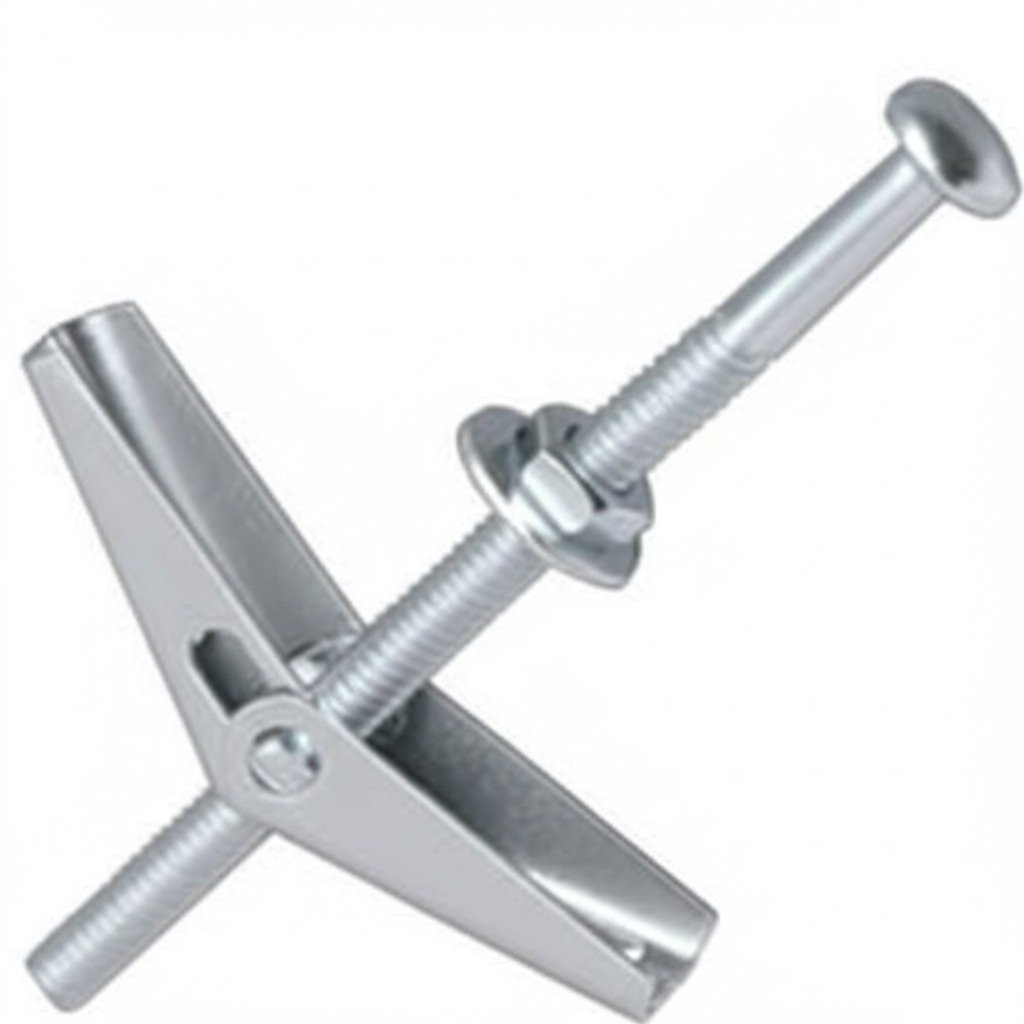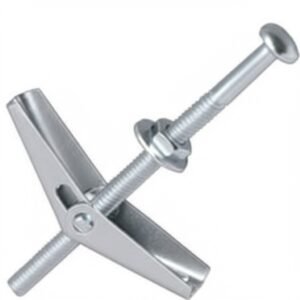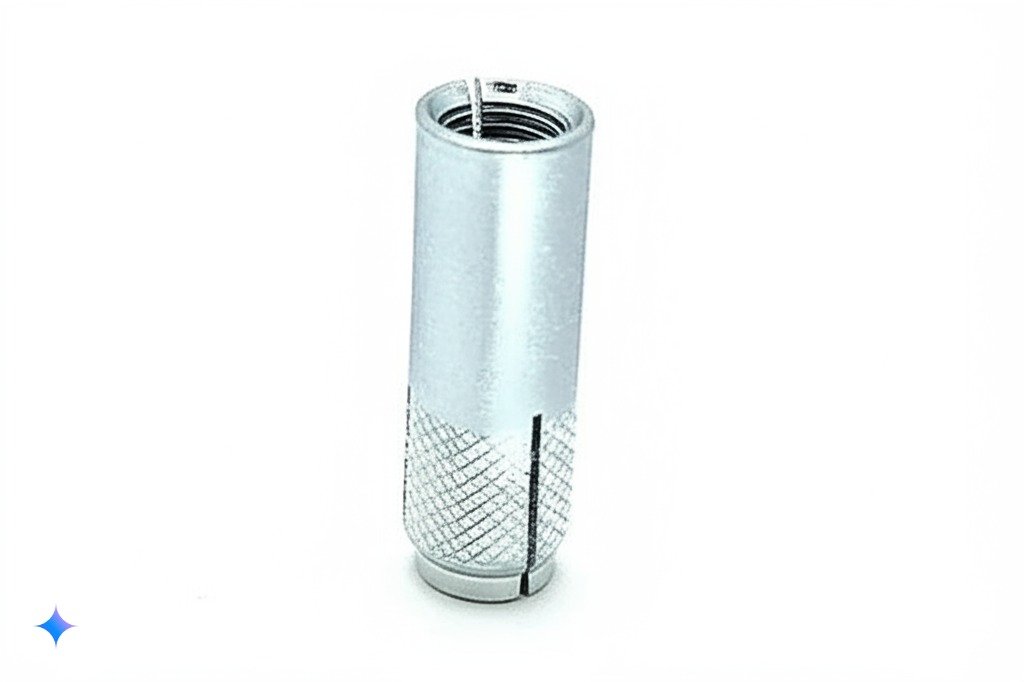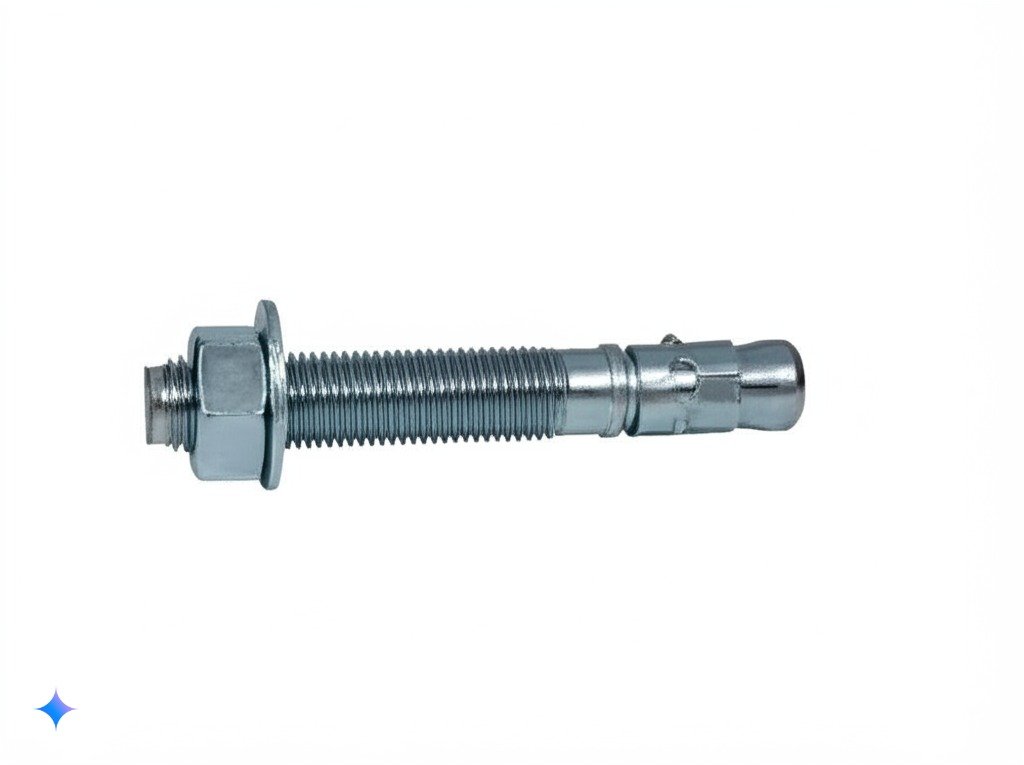
By Nicolás Longo
(As an Amazon Associate we earn from qualifying purchases)
Securing fixtures in concrete, brick, or block requires reliable fasteners, and Wedge Anchors have long been the preferred choice for heavy-duty applications. These robust fasteners work by embedding into a pre-drilled hole and then expanding to create an unyielding grip on the substrate. Whether you’re installing shelving, mounting heavy equipment, or reinforcing structural elements, the right Wedge Anchors are crucial for ensuring safety and longevity. In this comprehensive guide, we’ll explore technical insights, fun facts, and practical tips to help you choose the best Wedge Anchors for your projects, based on expert advice from reputable sources like Family Handyman and Home Depot.
Wedge Anchors operate by inserting a threaded stud with an attached expansion sleeve into a pre-drilled hole in the concrete or masonry. As you tighten the nut, the wedge at the bottom of the anchor is forced into the sleeve’s expansion slots, causing the anchor to press firmly against the hole walls. This mechanism not only maximizes load distribution but also minimizes the risk of pullout, even under significant dynamic forces. Research from the National Association of Home Builders (NAHB) suggests that a properly installed Wedge Anchors system can reduce fixture failure by up to 25%.
The evolution of Wedge Anchors is a fascinating journey. Originally developed as a simple solution for securing bolts in masonry, these fasteners have undergone numerous improvements in materials and design. Modern Wedge Anchors are available in various sizes and materials, such as stainless steel, galvanized steel, and high-strength alloys, ensuring optimal performance in both indoor and outdoor environments. This diversity allows users to select anchors that are specifically designed for different applications—from lightweight installations to heavy-duty structural reinforcements.
Another advantage of Wedge Anchors is their versatility. They are used in a wide range of applications, including mounting machinery, installing structural supports, and even in seismic installations where extra durability is required. Variants such as concrete wedge anchors, stainless steel wedge anchors, and expansion anchors for concrete provide tailored solutions for different substrates. For instance, stainless steel versions are ideal for corrosive environments, while galvanized wedge anchors offer cost-effective durability for general use.
Installing Wedge Anchors correctly is essential for maximizing their load-bearing capacity. The process typically involves drilling a pilot hole to the precise diameter recommended by the manufacturer, cleaning out the debris, inserting the anchor, and then tightening the nut with a wrench. Using the correct drill bit and a torque-controlled tool—such as a Bosch Bulldog Xtreme hammer drill—ensures that the anchor expands properly without damaging the surrounding material. Following these steps meticulously can make the difference between a secure installation and a potential failure (Home Depot).
Fun Facts and Data Insights:
- Wedge Anchors have been a staple in masonry fasteners since the mid-20th century and have evolved to support loads exceeding 2,500 pounds in modern applications (Family Handyman).
- Studies show that properly installed Wedge Anchors can extend the lifespan of a fixture by reducing micro-movements that lead to material fatigue (NAHB).
- The use of colored tape on drill bits, a common tip among professionals, helps indicate drilling depth and ensures that the anchor is inserted at the correct depth, preventing over-drilling.
Understanding the technical specifications of Wedge Anchors is key to their successful application. Technical data sheets from manufacturers like Red Head and Hilti detail the required pilot hole sizes, embedment depths, and load ratings for each product. For example, a 3/8-inch wedge anchor might require a pilot hole slightly larger than its nominal diameter to allow for proper expansion. These specifications are critical; even a minor deviation can result in reduced load capacity or an insecure installation. Consulting these guides is recommended for anyone undertaking a new project.
Another significant factor is the environment in which the Wedge Anchors will be installed. In corrosive environments, opting for stainless steel or galvanized versions is advisable to ensure long-term durability. In contrast, in indoor settings where the appearance is crucial, low-profile or flush-mounted wedge anchors provide a neat finish without compromising strength. Additionally, if you’re working in seismic areas, specialized wedge anchors designed to absorb dynamic forces can offer extra safety.
Key Factors to Consider When Choosing Wedge Anchors:
- Material Quality: High-quality materials such as stainless steel or high-strength alloys provide resistance to corrosion and ensure longevity.
- Size and Load Capacity: Verify the dimensions and load ratings on the technical data sheets to select an anchor that meets or exceeds your project’s requirements.
- Pilot Hole Specifications: Accurate drilling is essential. Use the drill bit size specified by the manufacturer to achieve proper embedment and expansion.
- Installation Tools: Tools like torque-controlled hammer drills and open-end wrenches are critical to ensure the anchor is installed without over-tightening.
- Substrate Compatibility: Choose anchors designed specifically for the substrate, such as concrete wedge anchors for masonry or wedge anchor bolts for brick applications.
A practical tip for maximizing performance is to always clean the drilled hole thoroughly before inserting the Wedge Anchors. Dust and debris can interfere with the expansion process and reduce the anchor’s grip. Many professionals use compressed air or a small brush to ensure the hole is clear. This simple step can significantly enhance the bond between the anchor and the substrate (Home Depot).
Top 10 Best Wedge Anchors to Buy
- Ideal for fastening into concrete
- Fully threaded design accommodates various fixture thicknesses
- Great for attaching structural supports to concrete, tilt-up construction, highway rails and posts, electrical, HVAC, pl…

- Ideal for fastening into concrete
- Fully threaded design accommodates various fixture thicknesses
- Great for attaching structural supports to concrete, tilt-up construction, highway rails and posts, electrical, HVAC, pl…

- ZINC PLATED – Helps prevent rust in dry environments
- WIDE RANGE OF SIZES – Insures proper fastener for best results
- PACKAGED WITH NUTS AND WASHERS – Fast, quick, complete installation

- Ideal for fastening into concrete
- Fully threaded design accommodates various fixture thicknesses
- Great for attaching structural supports to concrete, tilt-up construction, highway rails and posts, electrical, HVAC, pl…

- Material: Our Wedge Anchors Are Made Of High Quality Carbon Steel And Are Galvanized To Make The Wedge Anchors Much More…
- Use: Wedge Anchors Are Ideal For Attaching Items To Concrete, Sloped Buildings Or Metal Plates, Steel And Wood.
- Product: Each Wedge Anchor Has A Nut And Washer Already Placed On It For Your Convenience And Ease Of Use.

- Ideal for fastening into concrete
- Fully threaded design accommodates various fixture thicknesses
- Great for attaching structural supports to concrete, tilt-up construction, highway rails and posts, electrical, HVAC, pl…

- 【304(18-8) Stainless Steel】Levanco wedge anchors are 100% 18-8 (304) Stainless Steel, with the highest corrosion resista…
- 【Specifications】Diameter: 1/4″, Length: 3-1/4″, Thread Type: Coarse (standard), Quantity: 10 pcs, Material: 100% 304(18-…
- 【Excellent Anti-Rust Performance】Levanco concrete anchors are made with 100% 304(18-8) stainless steel, NO “stainless st…

- Chamfered top designed to prevent mushrooming during installation
- Qualified for static and seismic loading conditions (seismic design categories A through F)
- Suitable for horizontal, vertical and overhead applications

- ➤Made of carbon steel, heavy duty, durable
- ➤Diameter of anchor: 3/8 inch
- ➤Length of the anchor: 3 inches

- Package Dimensions: 16.256 cm (L) X 8.382 cm (W) X 6.35 cm (H)
- Package Type: Bolts
- Package Quantity: 1

Diving deeper into the advanced insights, comparative analysis reveals that Wedge Anchors are superior in several key performance metrics compared to other types of masonry fasteners. Independent tests indicate that when installed properly, Wedge Anchors distribute loads more evenly across the substrate, reducing the risk of localized stress and material failure. For example, studies have shown that the expansion mechanism of Wedge Anchors can enhance load-bearing capacity by nearly 30% compared to traditional mechanical anchors (NAHB).
Comparative reviews also highlight differences between various brands and models of Wedge Anchors. Premium brands like Hilti and Red Head are often favored for their consistent performance and adherence to strict quality standards. In contrast, more economical options might be suitable for less demanding applications but may lack the precision of high-end models. When selecting your anchors, consider the specific demands of your project—whether it requires the heavy-duty performance of stainless steel wedge anchors or the cost-effectiveness of galvanized versions.
Practical installation advice is invaluable when working with Wedge Anchors. Here are some expert recommendations:
- Measure and Mark Precisely: Before drilling, measure the desired depth carefully and mark the drill bit with tape to indicate the correct depth. This prevents over-drilling and ensures that the anchor is fully embedded.
- Use a Quality Hammer Drill: A drill with proper torque settings ensures that the anchor is driven in evenly. Over-torquing can damage the anchor or the concrete.
- Maintain a Clean Work Area: Remove dust and debris from the pilot hole using compressed air or a brush to ensure a secure fit.
- Check Manufacturer Guidelines: Always consult the installation manual for recommended drill bit sizes and torque settings.
- Practice in a Test Area: If you’re new to installing Wedge Anchors, perform a trial installation on a scrap piece of concrete to get a feel for the process before tackling the main project.
User testimonials and expert reviews consistently praise the reliability and durability of Wedge Anchors. One contractor noted, “Switching to high-quality wedge anchors has not only improved our installation speed but has also significantly reduced the number of repairs we need to make over time” (Family Handyman). Such feedback reinforces the importance of choosing the right fasteners for your projects.
Beyond performance, the aesthetic aspect of Wedge Anchors is also worth noting. Many modern designs feature a low-profile finish that keeps the anchor nearly flush with the surface, which is particularly important for exposed applications where appearance matters. This is especially true in high-end residential or commercial projects where both function and form are critical.
Additionally, the versatility of Wedge Anchors extends to their application in seismic zones. In areas prone to earthquakes, the ability of these anchors to absorb and distribute dynamic loads can enhance the overall safety of a structure. Innovations in design continue to push the limits of what Wedge Anchors can achieve, making them a continuously evolving solution in the construction industry.
In summary, selecting the right Wedge Anchors involves careful consideration of material quality, size, load capacity, and installation environment. By following best practices and consulting reliable sources, you can ensure a secure and durable installation that meets your project’s demands. Whether you are a professional contractor or a dedicated DIY enthusiast, investing in quality Wedge Anchors is a decision that will pay dividends in both safety and performance over the long term.
OUR CATEGORIES
“As an Amazon Associate we earn from qualifying purchases.”
